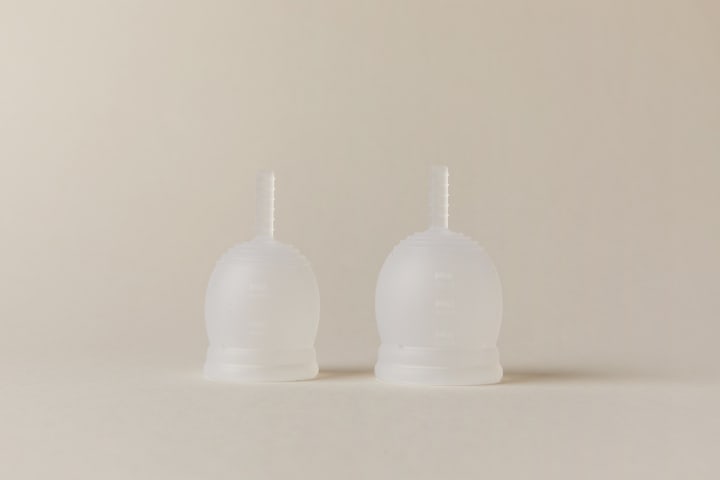5 Ways to Go Green and Save Some Green
Boost Your Savings While Saving the Environment!

Often when people hear the phrase "Go Green!" they think of big expensive projects like putting in solar panels on their roof, buying an electric car, or installing all new water-saving plumbing fixtures. But Going Green doesn't have to be a huge investment, and it can help you save money too.

Cutting out single-use paper goods is a huge way to cut down on cost and help the environment. Facial tissues are wasteful, and the cost adds up over time; especially if you suffer from allergies or frequently catch colds or the flu. Switching to using handkerchiefs is a great way to cut out buying facial tissues. They're washable, soft, and often come in fun colors and patterns you can match with your personal style. They're also easier to carry on your person because they don't rip like paper facial tissues, and they aren't ruined if they get wet.

Another single-use paper product that's easy to ditch are paper towels. They have become quite the commodity during the pandemic, especially with all the cleaning and sanitizing. Combine the dramatic rise in usage with the current scarcity, and finding an alternative sounds like a dream come true! Invest in "reusable paper towels" by getting heavy duty kitchen towels, or shop shamies. You can even keep them in a bin or basket in order to separate them from your regular kitchen towels to ensure you're not drying your plates with the same towel you scrub the counters with. You'll be surprised at how much you'll save not having to buy paper towels anymore, or at least dramatically reducing your usage. The environment and your wallet will thank you.

Sanitary products are a big expense. Even with the "luxury" tax on them lifted, most boxes of tampons and pads cost on average $7 USD per box. This is a regular expense that uterus owners have to purchase monthly, sometimes more frequently depending on their cycle and flow. The upfront investment of about $40 for a menstrual cup is a bit pricey, but pays off after only a couple months. Considering most users have to buy a combination of products for their cycle, this adds up quickly. Menstrual cups are a little tricky to learn how to use at first, but once you get the hang of it, they are easy to use, simple to clean, and dramatically reduce your need for single-use sanitary products each month.
Learn more about the long-term cost of sanitary products here: https://www.pandiahealth.com/the-true-cost-of-your-period/#:~:text=If%20one%20box%20costs%20%247,box%20of%2036%20costing%20%247).

Whether you have laundry at home, or have to visit a laundromat, getting your clothes clean and dry can be quite expensive. Dryers use a lot of electricity, and dryers at the laundromat take a lot of quarters. Switching to drying racks or clotheslines can help reduce your impact on the environment, and give your wallet a break. To top it off, air-drying your clothes reduces wear and tear, fading, and shrinkage. Not only will you save money on forgoing the dryer, but you'll also save money not having to replace clothing or other fabric items so frequently.

We are all familiar with that single-use plastic water bottles are a major contributor to the overall global trash crisis. Even recycling them is not enough, as it takes resources to create the bottles and fill them at bottling plants as well. Cutting out single-use bottled water and investing in a sturdy reusable water bottle is a great way to help the environment and save money. Studies show that on average a person uses 167 single-use water bottles per year in the USA. The average water bottle costs $1.45. That's $242.15 per year per person! And that's not including the additional water tax that some cities include on the purchases of single-use water bottles. Buying a reusable water bottle is an efficient way to cut the cost of bottled water, and you can even go the extra mile of purchasing a water filter in order to drink water from your own kitchen sink, rather than the cost and resources that go into having drums of drinking water delivered to your home.

Simple everyday steps like these are an easy way to Go Green and lower your carbon footprint. They're also a great investment in your own personal finances. Who knows, all that money saved might make those "big purchase" Green projects far more affordable!
Photo Credits: https://pixabay.com/
About the Creator
Little Alice
I am a creative soul. Author. Artist. The world is my blank page.






Comments
There are no comments for this story
Be the first to respond and start the conversation.